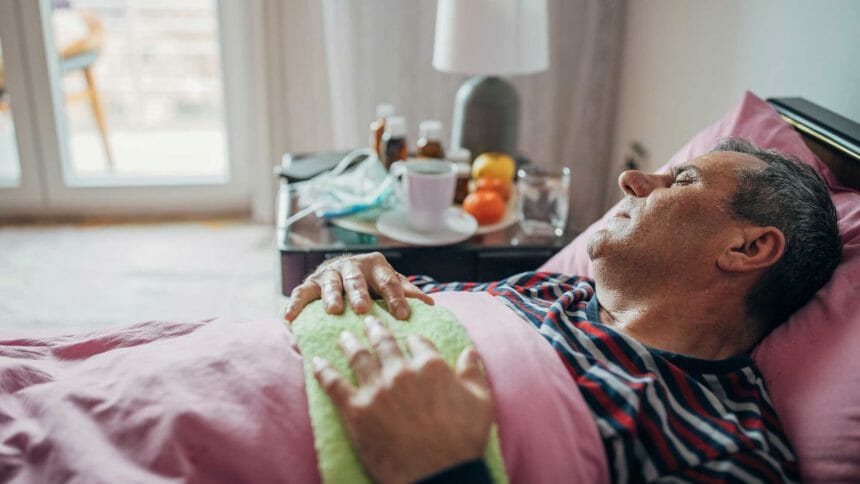
The recent deal between home health giant Amedisys and hospital-at-home leader Contessa Health could be the wave of the future. That’s the prediction of David Levine, M.D. who helped develop the successful hospital-at-home program at Boston’s Brigham and Women’s Hospital.

“You can see strategically that just makes sense,” Levine told McKnight’s Home Care Daily.
Levine said home health agencies have seasoned nurses and therapists on staff, and many of those agencies already have long-standing relationships with hospitals that could be leveraged for hospital-at-home programs.
“That’s not necessarily an easy task because home health agencies don’t do acute care,” Levine explained. “Their nurses and therapists may not be ready for acute care, but that is not to say that they can’t be.”
Hospital-at-home has been around for a couple of decades, but the concept gained traction during the pandemic when the Centers for Medicare & Medicaid launched the hospitals without walls program in March of 2020. The program helped hospitals free up beds by giving them the flexibility to care for patients with acute conditions outside of traditional settings. Last November, CMS introduced the Acute Hospital Care At Home program, providing a payment mechanism for healthcare systems that want to care for patients in their homes. Today 53 hospital systems and 116 hospitals in 29 states offer hospital-at-home.
“That’s a huge deal,” Levine said. “We are seeing a pretty big uptake of a care model in an entirely different way of taking care of acutely ill adults.”
The wild card now for providers is whether CMS will extend the Acute Hospital Care At Home model beyond the COVID-19 public health emergency. Levine thinks it will be extended and points to a study that he conducted of his own program to support his optimism.
Last year during the first three months of the pandemic, Brigham and Women’s Hospital treated 65 patients at home. The cost of treating those patients was 38% less expensive than those treated in the hospital. Those homebound patients also experienced a 70% reduction in readmission rates compared to those who were in the hospital.
Levine believes the Biden administration’s push for home-and-community-based services coupled with the move to value-based care bodes well for hospital-at-home. He also said it is the kind of care that patients are increasingly requesting when they come into the emergency department at Brigham and Women’s Hospital.
“As we change the way patients think about acute care, there will be even more demands for this kind of service,” Levine said. “Unfortunately, we’ve spent the last century teaching patients that the place that you go when you’re really sick is the hospital. We kind of need to unteach that.”




